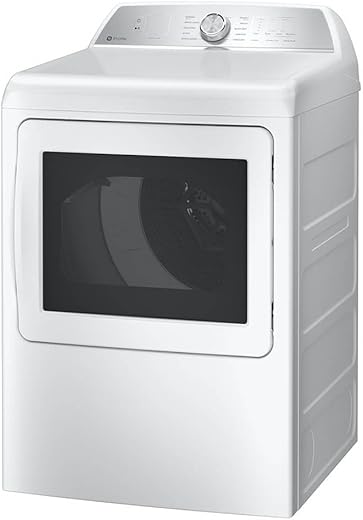









Understanding the Sanitize Cycle: Your Ultimate Guide to a Cleaner Home
In today’s world, where cleanliness has become synonymous with safety, the sanitize cycle on washing machines has gained significant attention. But what exactly is a sanitize cycle, and why should you consider using it? This article will delve into the intricacies of the sanitize cycle, helping you understand its importance while providing practical tips on how to make the most out of this feature.
What is a Sanitize Cycle?
The sanitize cycle is a specialized washing machine setting designed to eliminate bacteria, allergens, and other harmful pathogens from your laundry. Imagine it as a superhero cape for your washing machine, transforming it into a powerful tool against germs. This cycle typically uses higher temperatures and extended wash times to ensure that your clothes, towels, and bedding are not just clean, but truly sanitized.
Why Use the Sanitize Cycle?
You might wonder, “Isn’t regular washing enough?” Well, while standard washing cycles do a decent job at cleaning, they may not be effective against stubborn germs, particularly during cold and flu season or after handling raw meat. The sanitize cycle ramps up the heat, often to temperatures exceeding 130°F (54°C), which is proven to eradicate 99.9% of bacteria. Think of it as going the extra mile—like adding a layer of protection to your laundry.
When Should You Use the Sanitize Cycle?
Using the sanitize cycle can be particularly beneficial in several scenarios:
1. **After Illness**: If someone in your household has been sick, running a sanitize cycle can help eliminate lingering bacteria.
2. **Handling Raw Food**: If you wash kitchen towels or aprons after preparing raw meat, a sanitize cycle can reduce the risk of cross-contamination.
3. **Allergy Season**: If you suffer from allergies, using this cycle on bedding and pillowcases can help remove dust mites and other allergens.
4. **Baby Items**: For parents, sanitizing baby clothes, toys, and blankets can provide peace of mind.
How to Effectively Use the Sanitize Cycle
Using the sanitize cycle is straightforward, but there are a few steps you should follow to maximize its effectiveness:
1. **Check Your Machine**: Not all washing machines come equipped with a sanitize cycle. Check your user manual to see if this feature is available.
2. **Load Wisely**: Avoid overloading your machine; this can prevent water and detergent from circulating effectively. A half-full load is often optimal for sanitizing.
3. **Use Hot Water**: If your machine allows, select the hottest water temperature compatible with your fabrics. High heat is crucial for killing germs.
4. **Choose the Right Detergent**: Use a high-quality detergent that is effective at lower temperatures, as some brands are specially formulated for sanitation.
5. **Follow Up with Drying**: After running the sanitize cycle, dry your items thoroughly. Heat from the dryer can further help in eliminating any remaining bacteria.
Common Misconceptions
Even with the increasing popularity of the sanitize cycle, several myths persist. One common misconception is that every fabric can withstand high temperatures. Always check the care labels on your items; some materials may shrink or become damaged in hot water. Additionally, some people believe that using the sanitize cycle will wear out their washing machine faster. In reality, a well-maintained machine can handle the extra heat without any issues.
Conclusion
In a world where cleanliness is paramount, integrating the sanitize cycle into your washing routine can make a significant difference. It not only helps keep your household safe from germs and allergens but also provides peace of mind. By understanding when and how to use this powerful feature, you can elevate your laundry game to a whole new level.
FAQs
1. Can I use the sanitize cycle on all fabrics?
While many fabrics can handle the sanitize cycle, always check the care labels first. Delicate fabrics may be better suited for lower temperatures.
2. How often should I use the sanitize cycle?
It depends on your household’s needs. Consider using it after illness, during allergy season, or when washing items that have come into contact with raw food.
3. Does using the sanitize cycle consume more energy?
Yes, the sanitize cycle typically uses more energy due to higher water temperatures; however, the benefits of killing germs and allergens often outweigh the extra energy costs.
